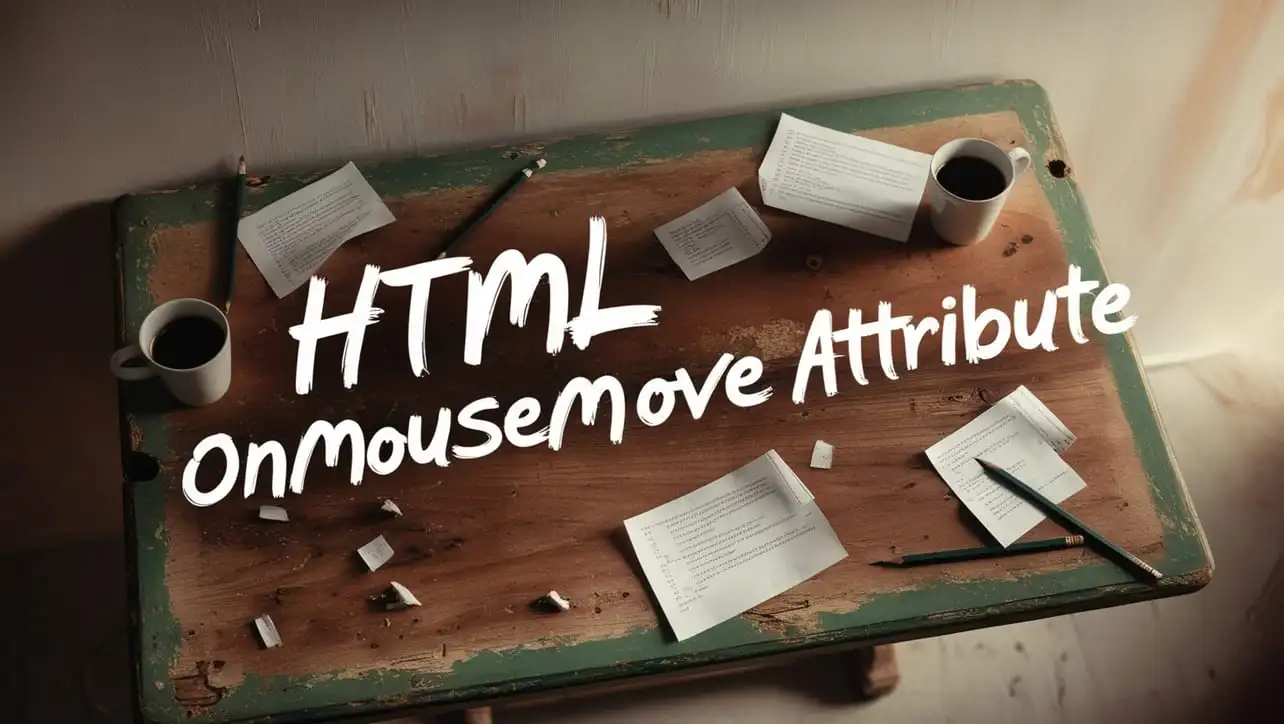
HTML Topics
- HTML Intro
- HTML Basic
- HTML Editors
- HTML CSS
- HTML Tags
- HTML Deprecated Tags
- HTML Events
- HTML Event Attributes
- HTML Global Attributes
- HTML Attributes
- abbr
- accept
- accept-charset
- accesskey
- action
- align
- alt
- archive
- as
- async
- autocapitalize
- autocomplete
- autofocus
- autoplay
- axis
- bgcolor
- border
- cellpadding
- cellspacing
- char
- charoff
- charset
- checked
- cite
- class
- classid
- codebase
- codetype
- color
- cols
- colspan
- compact
- content
- contenteditable
- controls
- coords
- crossorigin
- data
- data-*
- datetime
- declare
- default
- defer
- dir
- dirname
- disabled
- download
- draggable
- enctype
- enterkeyhint
- for
- form
- formaction
- formenctype
- formmethod
- formnovalidate
- formtarget
- frame
- frameborder
- frameset
- headers
- height
- hidden
- high
- href
- hreflang
- hspace
- http-equiv
- id
- inert
- inputmode
- ismap
- kind
- label
- lang
- list
- loop
- low
- max
- maxlength
- media
- method
- min
- multiple
- muted
- name
- novalidate
- onabort
- onafterprint
- onbeforeprint
- onbeforeunload
- onblur
- oncanplay
- oncanplaythrough
- onchange
- onclick
- oncontextmenu
- oncopy
- oncuechange
- oncut
- ondblclick
- ondrag
- ondragend
- ondragenter
- ondragleave
- ondragover
- ondragstart
- ondrop
- ondurationchange
- onemptied
- onended
- onerror
- onfocus
- onhashchange
- oninput
- oninvalid
- onkeydown
- onkeypress
- onkeyup
- onload
- onloadeddata
- onloadedmetadata
- onloadstart
- onmousedown
- onmousemove
- onmouseout
- onmouseover
- onmouseup
- onmousewheel
- onoffline
- ononline
- onpagehide
- onpageshow
- onpaste
- onpause
- onplay
- onplaying
- onpopstate
- onprogress
- onratechange
- onreset
- onresize
- onscroll
- onsearch
- onseeked
- onseeking
- onselect
- onstalled
- onstorage
- onsubmit
- onsuspend
- ontimeupdate
- ontoggle
- onunload
- onvolumechange
- onwaiting
- onwheel
- open
- optimum
- pattern
- placeholder
- popover
- popovertarget
- popovertargetaction
- poster
- preload
- readonly
- rel
- required
- reversed
- rows
- rowspan
- sandbox
- scope
- selected
- shape
- size
- sizes
- span
- spellcheck
- src
- srcdoc
- srclang
- srcset
- start
- step
- style
- tabindex
- target
- title
- translate
- type
- usemap
- value
- width
- wrap
- HTML Comments
- HTML Entity
- HTML Head
- HTML Form
- HTML IndexedDB
- HTML Drag & Drop
- HTML Geolocation
- HTML Canvas
- HTML Status Code
- HTML Language Code
- HTML Country Code
- HTML Charset
- MIME Types
HTML onmousemove Attribute

Photo Credit to CodeToFun
🙋 Introduction
The onmousemove attribute is an event handler in HTML that allows developers to execute JavaScript code when the mouse pointer is moved over an element.
This attribute is commonly used to create interactive and dynamic web pages by responding to user mouse movements.
🎯 Purpose of onmousemove
The primary purpose of the onmousemove attribute is to enable developers to capture and respond to mouse movements on a web page.
This can be useful for creating effects such as tooltips that follow the mouse, interactive graphics, or any other feature that relies on mouse position.
💎 Values
The onmousemove attribute takes a JavaScript code snippet or function as its value.
This code will be executed when the mouse is moved over the specified element. Here's a basic example:
<div onmousemove="myFunction(event)">
Move the mouse over this div.
</div>
<script>
function myFunction(event) {
// Handle mouse movement, for example:
console.log("Mouse coordinates: ", event.clientX, event.clientY);
}
</script>🧠 How it Works
In this example, the onmousemove attribute is assigned a function (myFunction) that will be called every time the mouse is moved over the <div> element.
🔄 Dynamic Values with JavaScript
Similar to other event attributes, you can dynamically assign the onmousemove attribute using JavaScript.
This allows you to change the behavior based on certain conditions or user interactions. Here's a quick example:
<script>
// Dynamically set onmousemove for an element
document.getElementById("dynamicElement").onmousemove = function(event) {
// Handle mouse movement dynamically
console.log("Mouse coordinates: ", event.clientX, event.clientY);
};
</script>🧠 How it Works
In this script, the onmousemove attribute is dynamically set for an element with the id dynamicElement.
The assigned function will handle mouse movements when they occur over that element.
🏆 Best Practices
- Use the
onmousemoveattribute judiciously to enhance user experience without causing performance issues. - Consider the accessibility of your interactive elements, as some users may not interact with a mouse. Ensure that your design accommodates keyboard or touch interactions as well.
- Keep the executed JavaScript code concise and efficient to avoid negatively impacting page performance.
🎉 Conclusion
The onmousemove attribute is a valuable tool for creating interactive and responsive web pages by allowing developers to respond to mouse movements.
By utilizing this attribute, you can enhance the user experience and add dynamic elements to your HTML content.
👨💻 Join our Community:
Author

For over eight years, I worked as a full-stack web developer. Now, I have chosen my profession as a full-time blogger at codetofun.com.
Buy me a coffee to make codetofun.com free for everyone.
Buy me a Coffee












If you have any doubts regarding this article (HTML onmousemove Attribute), please comment here. I will help you immediately.